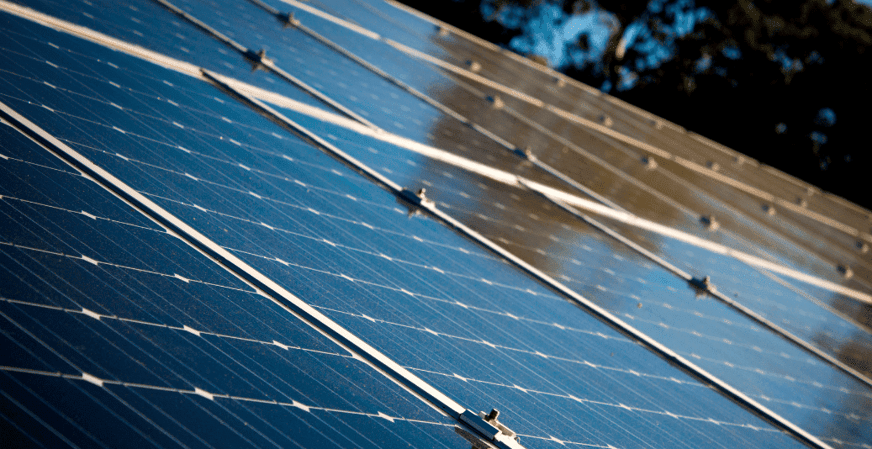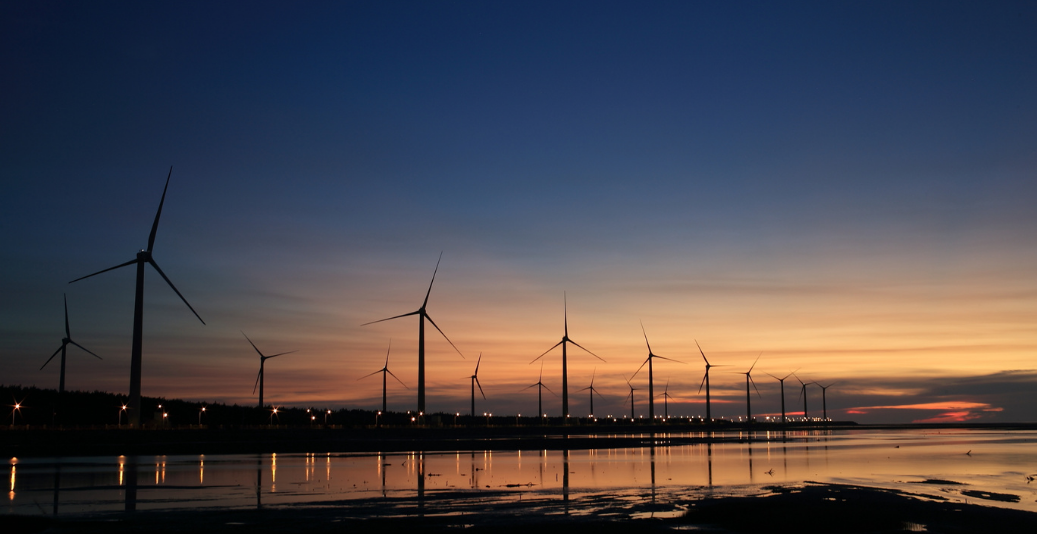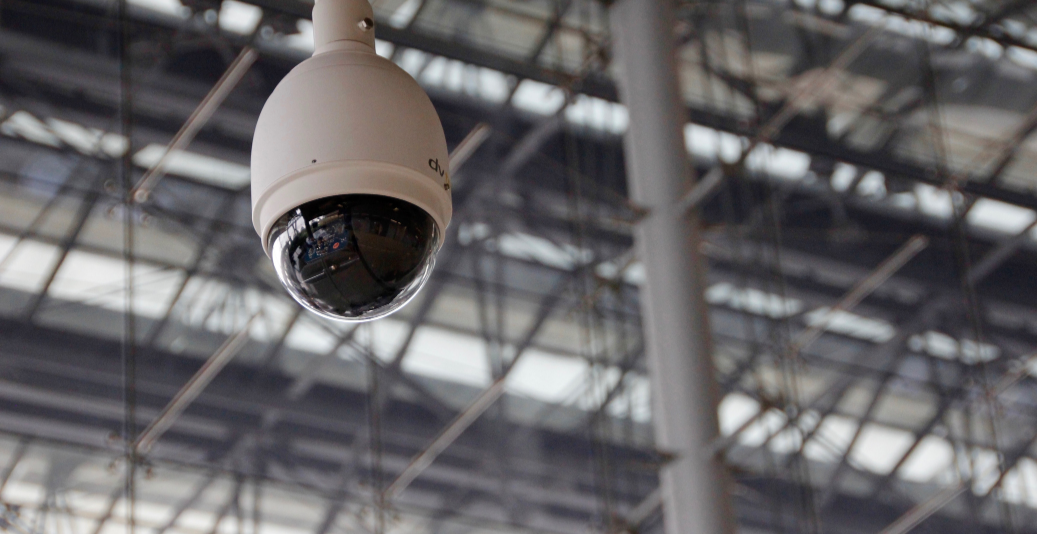Essential Demand Side Management Guide
Saving energy has become a big topic among organizations in the 21st century. Besides all of the financial benefits of lowering energy consumption, investing in sustainable energy solutions proves to be healthier for the planet in the long run. This is where demand side management comes in.
The goal of this initiative to encourage the consumer to use less energy during peak hours, or to move the time of energy use to off-peak times. For example, using storage units to store energy during off-peak hours and discharge them during peak hours is a great way to use energy in a more sustainable way.
Your Guide to Demand Side Management
Let's dive in and learn more about this exciting area of energy conservation in recreation organizations!

Definition, Examples, Applications & More
Curious to learn more? Here is some more information on what we are talking about.
What is demand side management?
A term that was developed following a few energy crises in the 1970's, demand side management to all strategies designed to cut back on the amount of energy your facility uses. Essentially, it is how we change our demand for energy through multiple methods, including methods such as financial incentives and changes to our habits through on-going education.
Now, demand side management is becoming more and more accessible for businesses, cities, towns, municipalities, and districts all across the world. Plus, it has shown its clear benefits through decades of practice.

RELATED: What is Parks and Recreation Management Software?
The difference between demand response and demand side management
Demand response refers to programs that financially reward organizations for reducing their energy load during peak times.
Why? In some cases, the demand for energy far outweighs the grid’s ability to supply it. When this happens, a brownout or blackout occurs. To curb this, instead of producing more energy—which would cost more for consumers and the environment—the grid operator put things into balance by reducing the amount of electricity being consumed when demand exceeds supply.
Meanwhile, demand side management refers to programs that help an organization’s bottom line by improving the way it uses energy.
Each month, your organization pays a fee for how much electricity has been consumed during a specific time in the previous year, when electricity demand on the grid was at its highest.
Examples of demand side management
- Energy Efficiency: Did you know there are programs that actually pay organizations for permanent load reduction? Yes, it's true! This is because of from energy efficiency projects they have completed or will complete in the future.
- Peak demand management: As opposed to energy efficiency projects, this involves cutting back on energy use during peak hours. This will lower capacity charges, and in turn reduce your overall power costs. While this doesn't decrease total energy consumption, it can reduce the need for investments in networks power plants to meet demands at peak hours.

RELATED: Top Parks and Recreation Programs and What Makes Them Great
Applications of demand side management
Across the globe, there are several examples of demand side management at play.
- Toronto, Ontario, Canada: In 2008, over 40,000 people signed up to have remote devices attached to air conditioners through Ontario's energy distributor Toronto Hydro. Energy companies could then use to offset spikes in demand. Once installed and operating, Toronto Hydro said that this program can reduce demand by 40 megawatts during emergency situations.
- State of California, United States: The state of California has been a strong proponent of demand response and demand side management. The state has looked into this through ongoing studies, including a current initiative to research the logistics of legislative and regulatory goals. In California, the level of renewable generation is 33%, as of 2020.
- New York City, New York, United States: The City of New York has made big changes in recent years to see skyrocketing revenue through cutting energy costs. In the summer of 2016, the City cut back on 58 MW of reduced municipal load, which resulted in $10 million of revenue.
Why your organization needs demand side management
Essential demand side management can have a wide range of benefits for your organization, including:
- Saving on energy costs: Preserving costs is always at the bottom line of every organization. An initiative that strongly contributes to saving on maintenance costs for things such as energy is a great one to invest in.
- Reducing air pollution: According to the NRDC, most air pollution comes from energy use and production. In many parts of the US, air pollution has reduced the clarity of the atmosphere by up to 70%!
- Scaling back on your carbon footprint: We are all searching for ways to reduce our impact on the planet. Remaining conscious of our energy consumptions and cutting back wherever it is being used unnecessarily is a great step in the right direction.
- Earning higher revenue: Finally, the costs saved from cutting back on energy spending can be diverted to other initiatives, providing the opportunity to earn more in other ways. It's a win-win!

Save On Energy Costs With Xplor Recreation
Did you know that with Xplor Recreation's facility management services, you can cut back on energy costs? You can use facility management software to reduce energy use by turning lights on only when they’re needed. Our platform offers an integration with leading automated lighting solutions, allowing you to manage lighting within facilities and related fees with full control and flexibility. Plus, this service provides time zone support software, configurable lighting fees, buffer time for lights on/off, dawn and dusk calculations for your facility—and more.




